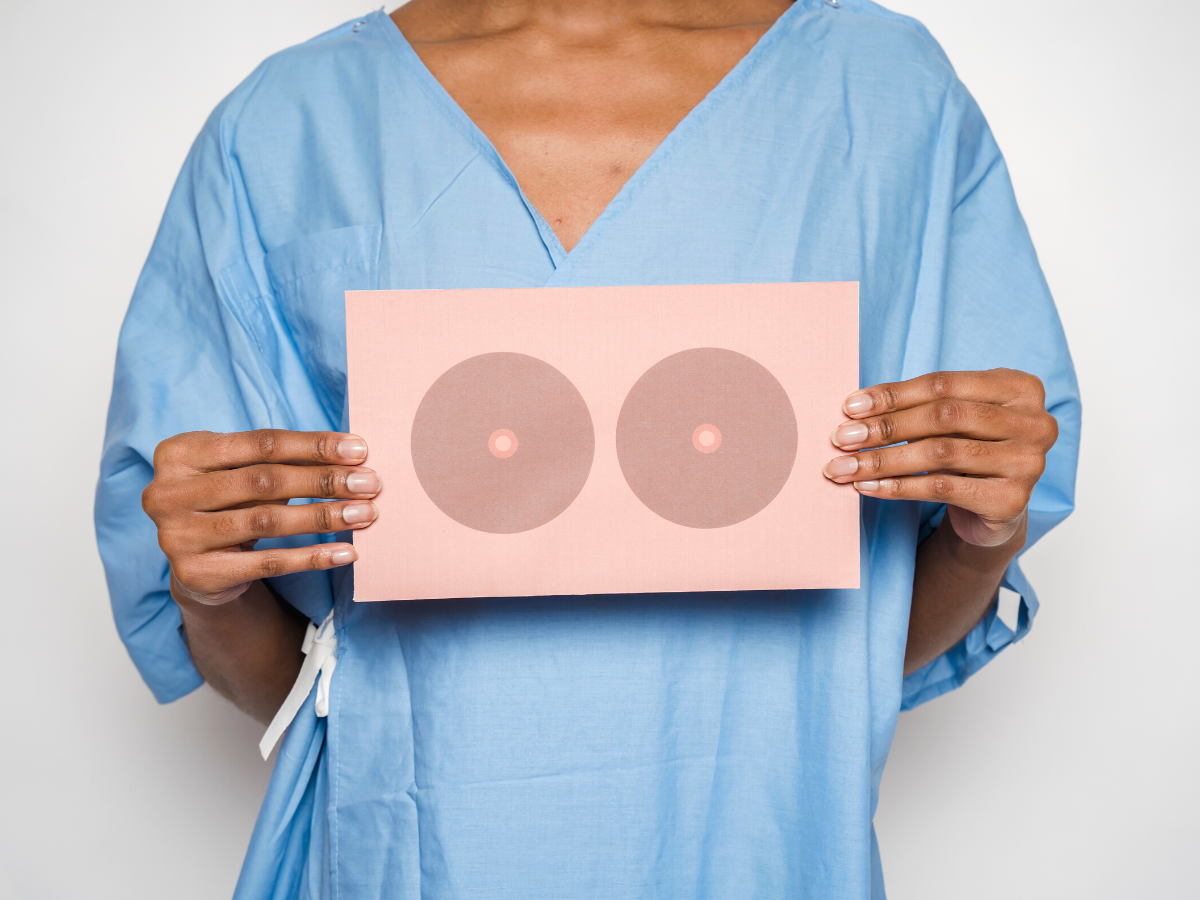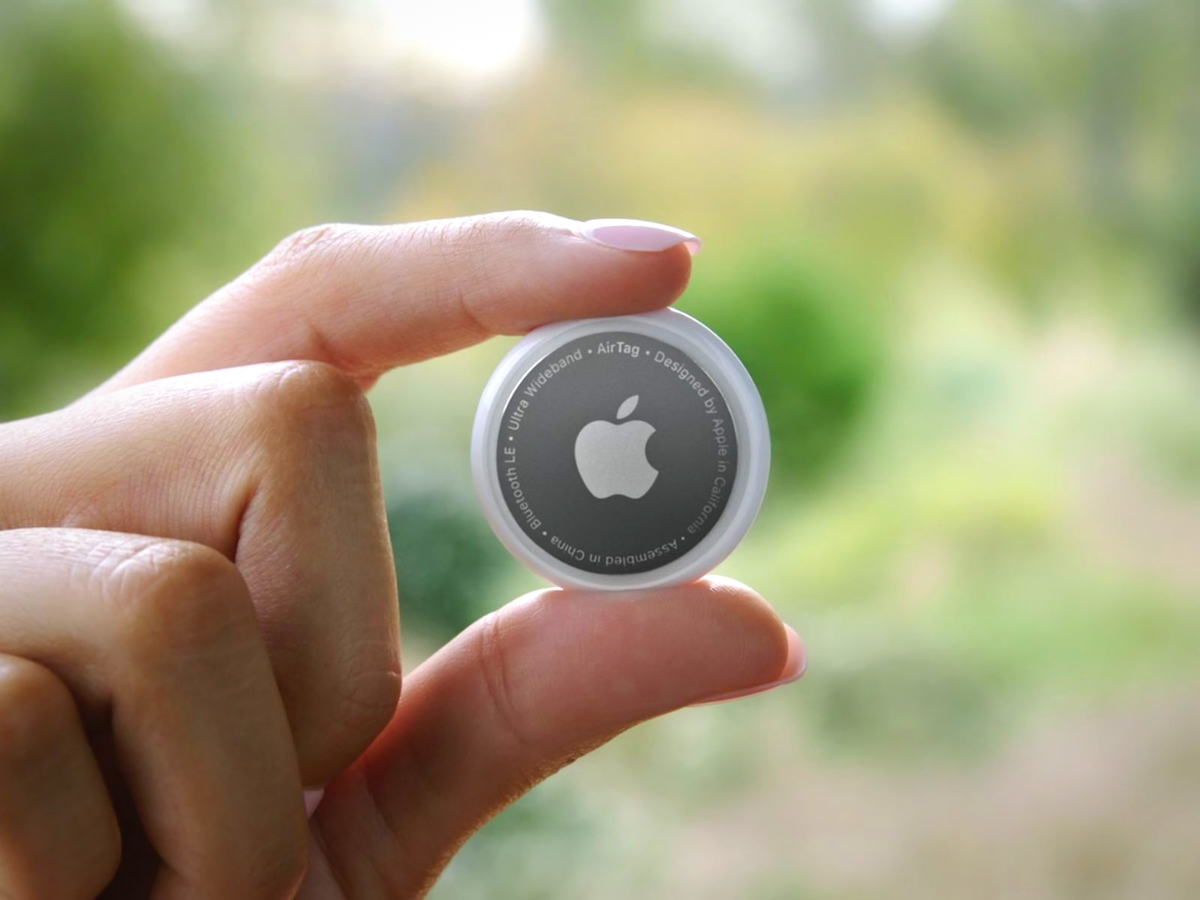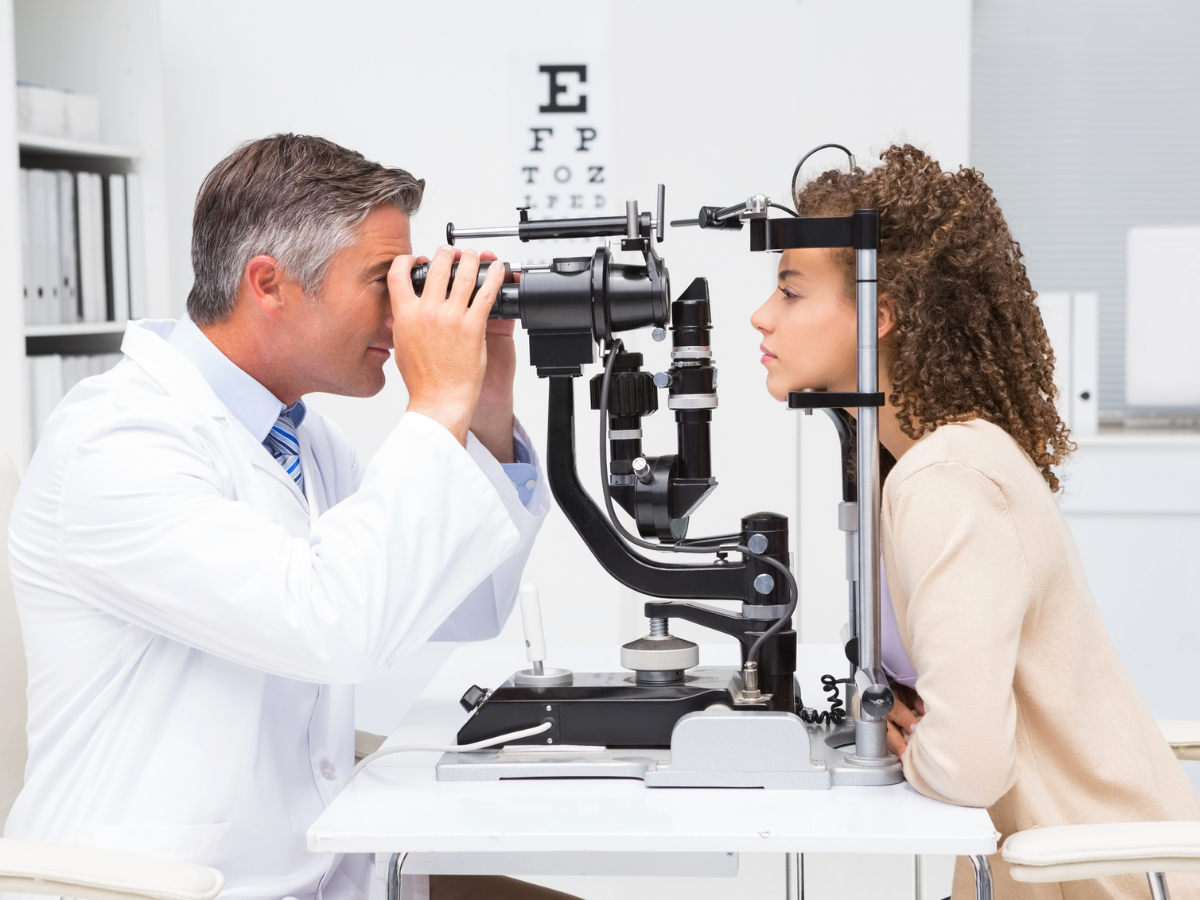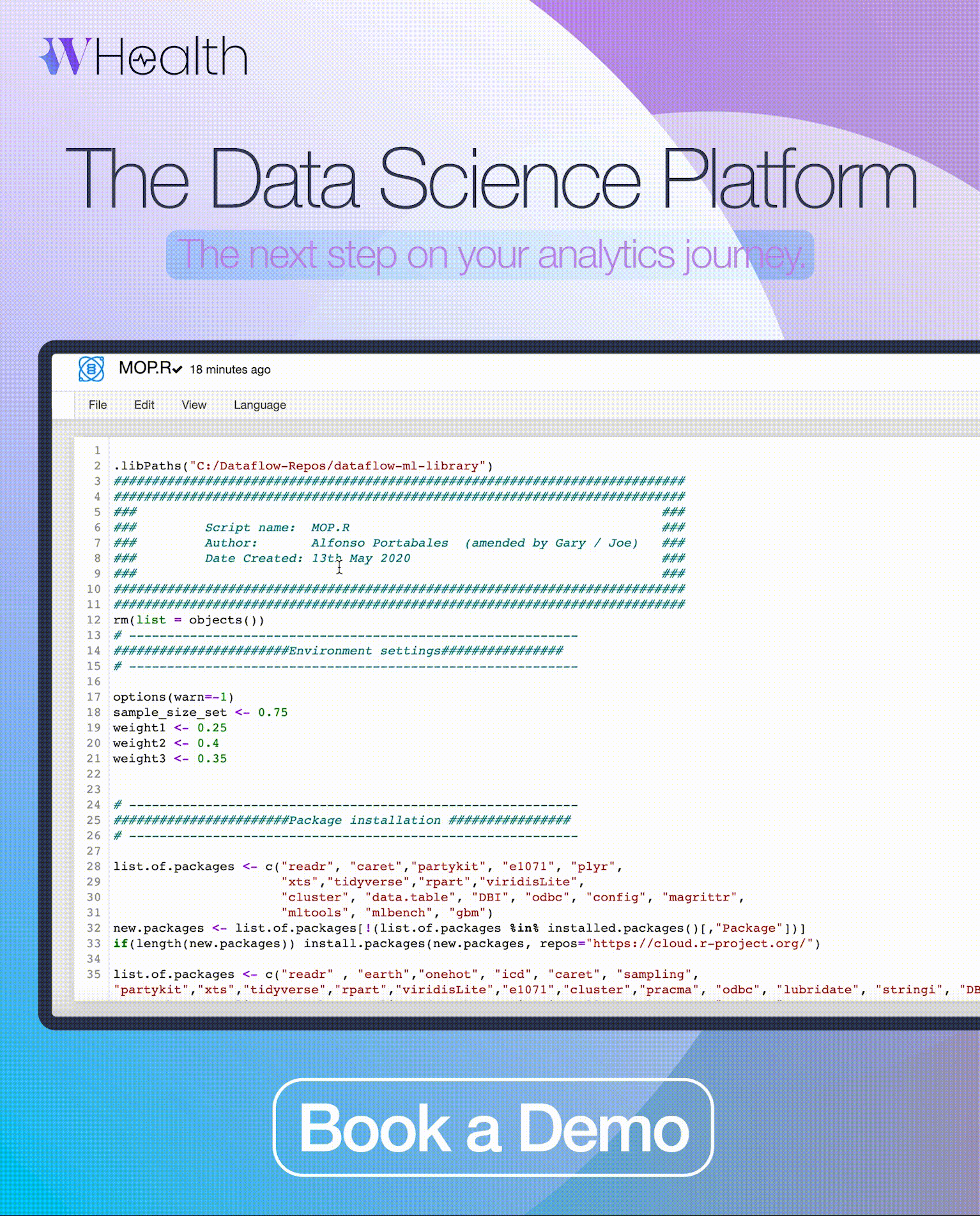Perhaps one of the most promising developments aiming to restore sight, the Phoenix99 bionic eye is ready for human trials. This technology is the result of a collaborative experiment carried out by the University of Sydney and the University of New South Wales.
Phoenix99 was first trialled in sheep, with the intent of understanding how the body would heal after having it implanted. It was found that the surgical procedure had a low impact on the retinal tissue, having only mild inflammation and fibrotic responses in the subjects.
Based in Australia, trials of the device occurred over three months, showing promising results. This device is meant specifically for those with a severe visual impairment from degenerative diseases, such as retinitis pigmentosa.
Before any further experimentation is conducted, the team has to apply for ethics approval for human trials.
Biomedical engineer and doctorate student at the University of Sydney Samuel Eggenberger announced:
‘Importantly, we found the device has a very low impact on the neurons required to ‘trick’ the brain. There were no unexpected reactions from the tissue around the device and we expect it could safely remain in place for many years.’
‘Our team is thrilled by this extraordinary result, which gives us confidence to push on towards human trials of the device. We hope that through this technology, people living with profound vision loss from degenerative retinal disorders may be able to regain a useful sense of vision.’
How does it work?
The device is composed of a stimulator, which is attached to the eye, and a communication module attached behind the ear and under the skin.
A tiny camera is attached to a pair of glasses, which captures the wearer’s point of view. These images are translated into a set of simulation instructions, which are wirelessly transmitted through the skin and to the communication module. This signal is then decoded, transferring instructions to the stimulator, which delivers electrical impulses to the neurons of the retina.
The electrical impulses are delivered in patterns that match the images viewed by the camera and trigger the neurons, which forward this information to the brain. This is then interpreted as visual scenes, allowing the user to ‘see’. This is an exciting development, as most devices being made often utilise audio descriptors instead of artificial vision.
University of Sydney’s Professor Gregg Suaning, who worked on the project, explained:
‘This breakthrough comes from combining decades of experience and technological breakthroughs in the field of implantable electronics.’
Technology for the visually impaired
Many devices have been developed for individuals with low vision or blindness.
The OrCam MyEye Pro is an example. Their camera attaches eyeglasses, taking pictures of surroundings, communicating visual information through speakers, informing the wearer of what lies ahead. The user has to simply point towards an object or tap the touch bar on the device. It can also remember faces, allowing it to be programmed to identify friends and family.
Taking a different approach, the WeWalk is a next-generation walking cane, which utilises a touchpad, speaker, and wireless connectivity. It connects to the user’s smartphone for GPS navigation, can detect and alert for obstacles above chest level, and can even read out passing bus line numbers.
Lastly, eSight is a wraparound headset for those with low vision. Parts of the intended wearer’s eyes do not work, though they can vaguely see, and eSight helps bridge these gaps. A small camera captures the wearer’s surroundings, algorithmically enhances the footage, and displays it upon two high-resolution screens in real-time. This camera vision can be adjusted for distance, contrast, brightness, and sharpness, amongst other things. However, this cannot be used upon someone who is completely blind.
All of these additions sound very fascinating, though they are all expensive. The OrCam MyEye Pro is on the market for £3,132, the WeWalk is £441, whilst the eSight is £4385.
Additionally, these do not grant ‘real’ vision but simply aid it, unlike the Phoenix99. Regardless, if the Phoenix99 were to be released to consumers, it would be extremely expensive. This begs the case, is it equitable to make people with disabilities pay these steep prices to have the same opportunities as those with regular vision?
Should we make the world more blind-friendly instead?
Most technologies that help with vision for the hard of seeing or blind are inordinately expensive, and for good reason. The research and development, high-quality hardware, cutting-edge software used within the products, as well as the niche market, means that the costs are steep. This means that those who are underprivileged or unable to afford these technologies must live with the challenges of being blind.
This is clearly unfair, and must be rectified by making the world more blind-friendly.
This is already being observed in technology, with accessibility features such as text-to-speech screen readers, which is inbuilt into most devices, as well as voice dictation for interaction with phones and computers. Other accessories such as braille displays also exist, though they are also fairly costly.
Additionally, a good user experience is designed for the general public, taking accessibility into consideration. The major social media platforms and search engine websites such as Google have strict standards for this. Some features that must be considered and redesigned include the readability of the website, headers, carousels, pop-ups, and alternative text.
However, this only covers the digital world, and not reality, which is difficult and dangerous to traverse.
Braille as a tactile language for the blind has already been integrated into most elevators and public signs, though this does not extend into private institutions such as restaurants. Also, assistive technology is available at some places such as cinemas and museums. Audio for crossing signals, as well as accessible architecture such as raised sidewalks also ensure safe walking, though this does not extend to most places. Again, it would be expensive to implement this, but it is extremely integral. More funds must be placed into creating a more accessible world and encouraging innovative public design to enhance the quality of life for those with disabilities.
Phoenix99 is undoubtedly a breakthrough in science, and more of these innovations are needed in order to make the world a fairer place. However, the expenses of devices such as this mean that many may never access them. Until tech such as this can be made available to the public for free or at a low cost, the world must be made more accessible to those with disabilities.
About the Author: Shadine Taufik
Shadine Taufik is a contributing Features writer with expertise in digital sociology and culture, philosophy of technology, and computational creativity.
Recommended for you

Antidepressant Prescribing at Six-Year High
More people are taking antidepressants than ever. Is this a dark sign of the times or an indication that mental health stigma is changing?

Can AI be Used to Determine Cancer Recurrence?
When cancer patients go into remission, they often worry about it coming back. AI can now help identify those at risk of cancer recurrence.

Pegasus – Still a Threat to the UK?
The notorious Pegasus spyware has been misused to exploit vulnerabilities in devices, even those kept within the walls of Number 10.
Trending

Drug Decriminalisation: Could the UK Follow Portugal?
Portugal’s drug decriminalisation has reduced drug deaths and made people feel safe seeking support. Would the UK ever follow suit?

Calling All Unvaccinated UK Adults
With Covid cases rising, the NHS is urging the 3 million UK adults who remain unvaccinated to come forward.





